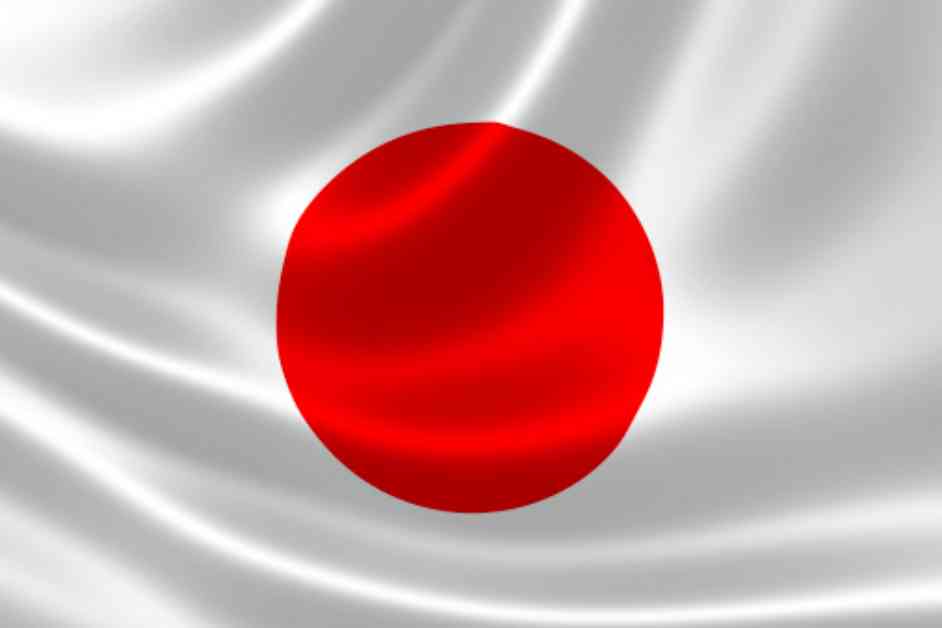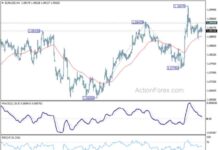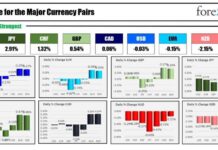Japan’s latest inflation data for October showed a mix of both easing and rising price pressures. The core CPI, which excludes food prices, slightly decreased to 2.3% year-over-year, down from 2.4% year-over-year but still higher than the expected 2.2% year-over-year. This is the 31st consecutive month that the core CPI has met or exceeded the Bank of Japan’s 2% target.
On the other hand, the core-core CPI, which excludes both food and energy prices, increased from 2.1% year-over-year to 2.3% year-over-year, indicating a renewed strength in underlying inflation. The headline CPI, which includes all goods and services, decreased from 2.5% to 2.3% year-over-year. This was partly due to the slowing gains in energy prices, which decelerated significantly from 6.0% year-over-year in September to 2.3% year-over-year in October. However, food prices saw a significant surge, rising to 3.8% year-over-year from 3.1% year-over-year, while services prices also slightly increased to 1.5% year-over-year from 1.3% year-over-year.
The combination of a steady inflation momentum, recovering consumer spending, and the yen’s renewed weakening has strengthened the case for a potential rate hike by the Bank of Japan at its upcoming policy meeting in December. This suggests that the central bank may consider tightening its monetary policy to curb inflation and support economic stability in the country.
As Japan continues to navigate through the challenges posed by the ongoing pandemic and global economic uncertainties, policymakers will need to carefully monitor inflation trends and consumer behavior to make informed decisions regarding monetary policy. With inflation showing signs of both easing and strengthening, the upcoming months will be crucial in determining the future direction of Japan’s economy and the central bank’s response to inflationary pressures.

















